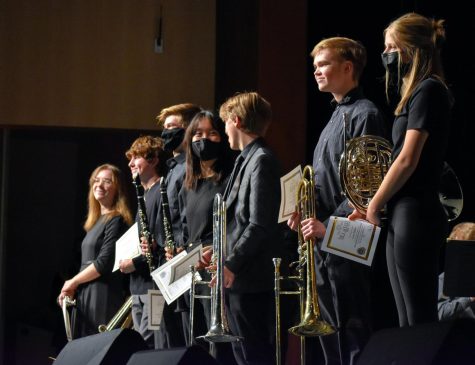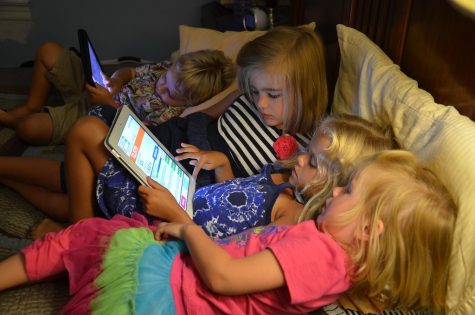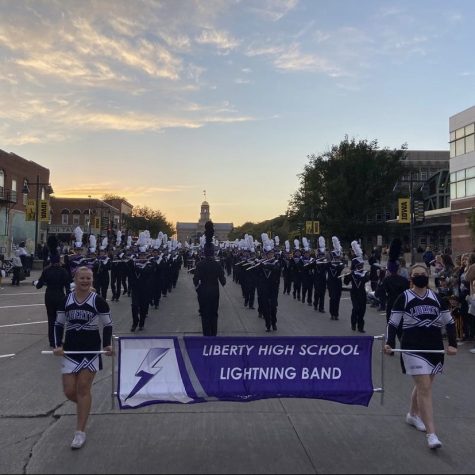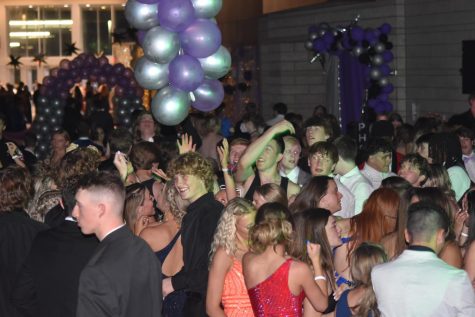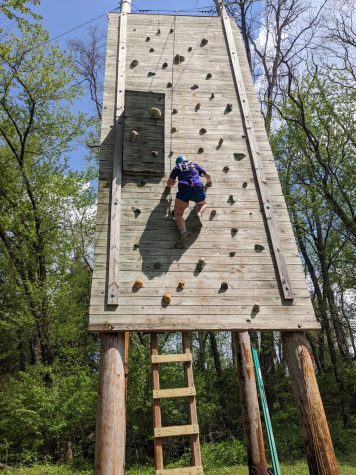Gender Inequality in Sports
Boys’ sports gets more attention than girls’ sports, and it can be frustrating for coaches and players.
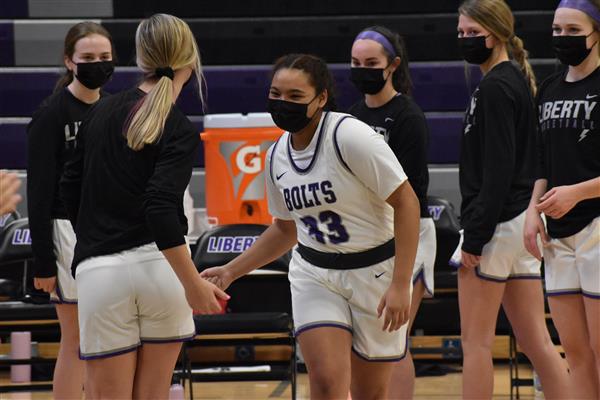
Former Liberty student and member of the girls basketball team, Keiko Ono-Fullard, getting ready to play.
Whether in or out of season, the majority of TV and media attention goes to men’s football, basketball, and baseball. 72% of all sports airtime is devoted to those three sports while women’s sports are pushed to the side. Here at Liberty, this same imbalance of coverage is present. Overall, boys’ sports gets more attention and has a bigger attendance than girls’ sports.
Many high schools did not have girls’ sports until 1972, when Title IX was enacted, requiring high schools to have sports for everyone. Title IX is a federal law that requires high schools to have equal athletic opportunities for women. Prior to Title IX, women had been pushing for equality in athletics since the late 1800s. Much of the inequality we see in sports today is because of sexism during that time period. Women were seen as periodically weakened during menstruation and were not encouraged to participate in physical activity. During the Civil Rights Movement, the status of women and minorities increased. This helped push the women’s rights movement into the public eye again, which resulted in the passing of Title IX shortly after.
At Liberty, both genders of coaches and players alike notice this inequity.
“I hope that attendance would be the same with regards to students for both girls and boys, however I do believe there is more attendance for boys games than girls’ games,” said boys’ basketball coach, Ryan Kelly.
This difference in attendance numbers can be frustrating for the girls’ sports teams.
“We do notice a difference in attendance at games. The biggest difference is in the student section. We do have a lot of great supporters, but it would be really cool if we could get more students to support us at games this year,” said girls’ basketball coach, Jamie Brandt.
The girls’ basketball players are also upset by the inequity in attention received between girls and boys basketball.
“I think that boys basketball has always been that way compared to girls’ basketball. It is like that with college basketball and also pro basketball where girls’ basketball doesn’t get as much attention,” said Haley Napoli, senior.
Statistics show that while in-person attendance for women’s basketball has improved, numbers still fall short of men’s basketball attendance. The NCAA reported that in 2018, the average men’s college basketball game had 2,021 in-person attendees, while the average women’s game had only 774.
“It’s kind of sad, but I am used to it. I have played and coached basketball my whole life. There has always been a difference in attendance. I will say recently there has been less of a gap, and more people are getting interested in women’s and girls’ sports,” Brandt stated.
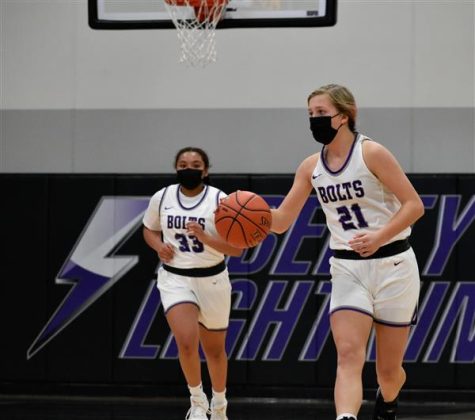
Even though the gyms might not be full, girls’ sports are popular on an online perspective. Many posted games have as many as 400 views on the Liberty YouTube channel, and some are even live streamed.
“You still have another 115 people that are watching the event [online]. And it doesn’t seem like much, but when you put 115 people in the bleachers, that makes a big difference,” said Mike Morrison, Athletic Director.
Liberty is trying many strategies to promote students and families to go and watch the less attended sports. The school is using social media platforms, such as Twitter and Instagram to try and share information about these lesser known games.
“We’re not seeing as many people in the building as we would like to see. Promotion right now is basically just through our Twitter and announcing events on our game day announcements,” said Morrison.
Coaches and players are hoping that in the coming years, more students come to these games to support our school. “We would love more people to come watch some games but overall the students and staff are great at giving us positive support,” said Brandt.
The gender inequality in sports has been around for centuries and it still exists. Its time for everyone to give all athletics, activity’s, and programs that same respect that boys sports has always and continues to receive.

Kaelyn is a senior at Liberty, and this is her third year on the Live Wire staff. At Liberty, she participates in NHS, garden club, SEA club, and softball....

Madelyn is a senior at Liberty. This is her fourth year in Journalism! Madelyn runs cross country and track, and is a member of the speech team. Outside...



